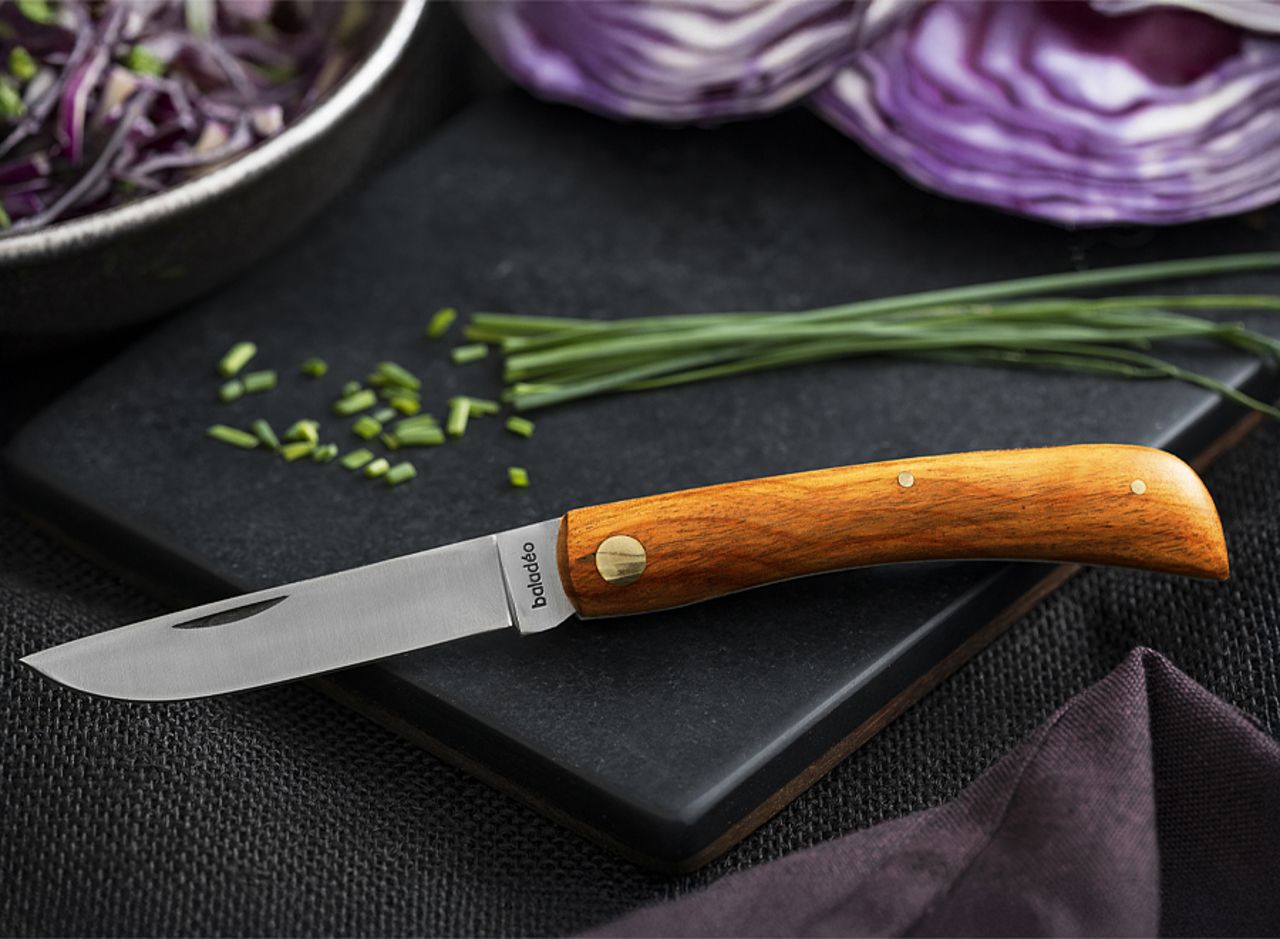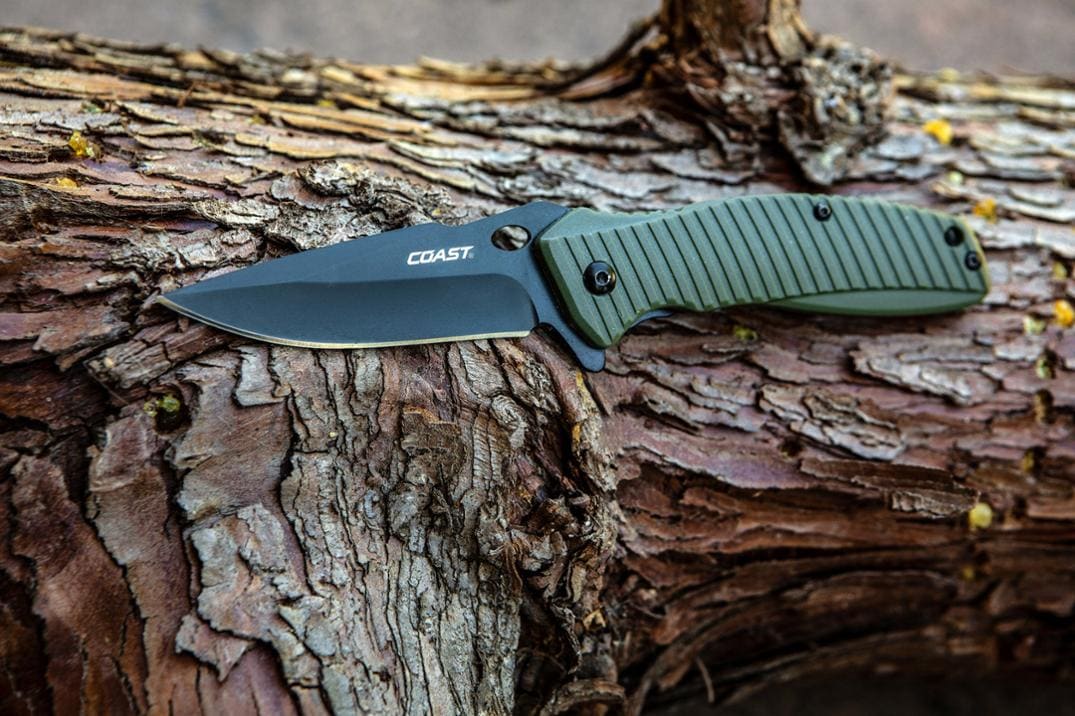For kitchen professionals, understanding how to clean a folding knife is essential to maintaining the longevity and performance of this indispensable tool. Whether you're a seasoned chef or an aspiring culinary artist, keeping your folding knife in pristine condition is crucial for hygiene, safety, and efficiency in the kitchen.
The process of cleaning a folding knife is not merely about removing visible dirt or residue; it involves a comprehensive understanding of the knife's components, the materials it's made from, and the best practices to ensure its durability and sharpness. In this detailed guide, we'll explore the steps involved in cleaning a folding knife, the importance of regular maintenance, and tips to enhance the lifespan of your prized kitchen companion.

Understanding the Anatomy of a Folding Knife
Before diving into the cleaning process, it's important to familiarize yourself with the anatomy of a folding knife. A typical folding knife consists of several parts, including the blade, handle, pivot, and locking mechanism. Each component requires specific attention during the cleaning process to ensure optimal performance.
Blade
The blade is the most critical part of any knife. Made from various materials such as stainless steel or carbon steel, the blade requires regular cleaning to prevent rust and maintain its sharpness. Different blade shapes, such as those found in pocket knife blade shapes, might require tailored cleaning techniques.
Handle
The handle of a folding knife can be crafted from materials like wood, plastic, or metal. Each material needs a specific cleaning method to prevent damage. For instance, wooden handles should not be soaked in water for prolonged periods, while metal handles may require polishing to maintain their shine.
Pivot and Locking Mechanism
The pivot and locking mechanism are integral to the functionality of a folding knife. These parts should be cleaned and lubricated regularly to ensure smooth operation and prevent wear and tear.
Step-by-Step Guide to Cleaning a Folding Knife
Now that we understand the anatomy of a folding knife, let's delve into the step-by-step process of cleaning it effectively.
1. Disassemble the Knife
Start by carefully disassembling the folding knife, if possible. This allows you to clean each component thoroughly. Use a screwdriver to remove screws and gently separate the parts. Ensure you keep all small components in a safe place to avoid losing them.
2. Clean the Blade
Using a soft cloth or sponge, wipe the blade with warm, soapy water. For stubborn stains or rust, a mixture of baking soda and water can be used as a gentle abrasive. Avoid using harsh chemicals or abrasive materials that could scratch or damage the blade.
3. Clean the Handle
Depending on the material of the handle, use an appropriate cleaning method. For wooden handles, a damp cloth followed by drying is sufficient. Metal or plastic handles can be cleaned with soapy water and a soft cloth.
4. Lubricate the Pivot and Locking Mechanism
Apply a small amount of lubricant to the pivot and locking mechanism to ensure smooth operation. This step is crucial for preventing friction and wear on the moving parts of the knife.
5. Reassemble the Knife
Once all components are clean and dry, reassemble the knife. Ensure all screws are tightened securely to maintain the knife's integrity and functionality.
Maintaining Your Folding Knife
Regular maintenance is key to extending the lifespan of your folding knife. Here are some additional tips for maintaining your knife:
- Regularly sharpen the blade to maintain its cutting efficiency.
- Store the knife in a dry, cool place to prevent rust and corrosion. Consider using a knife sheath or case for added protection.
- Avoid using the knife on hard surfaces like glass or metal, as this can dull the blade.

FAQs
Can I clean my folding knife in a dishwasher?
No, it's not recommended to clean a folding knife in a dishwasher as the high heat and harsh detergents can damage the knife's components.
What lubricant should I use for my knife?
Use a food-safe lubricant, especially if the knife is used for food preparation, to ensure safety and hygiene.
How often should I clean my folding knife?
Ideally, you should clean your folding knife after each use, especially if it comes into contact with food or moisture.
For more insights on folding knives and their maintenance, you can explore articles such as Folding Knives for Hunting and Evolution of Knife Designs. Understanding the different types of knives can also enhance your knowledge and appreciation for these essential kitchen tools.
This article contains affiliate links. We may earn a commission at no extra cost to you.


























